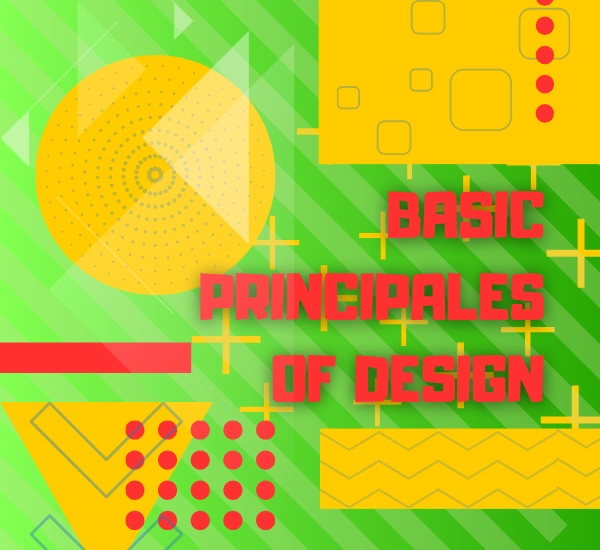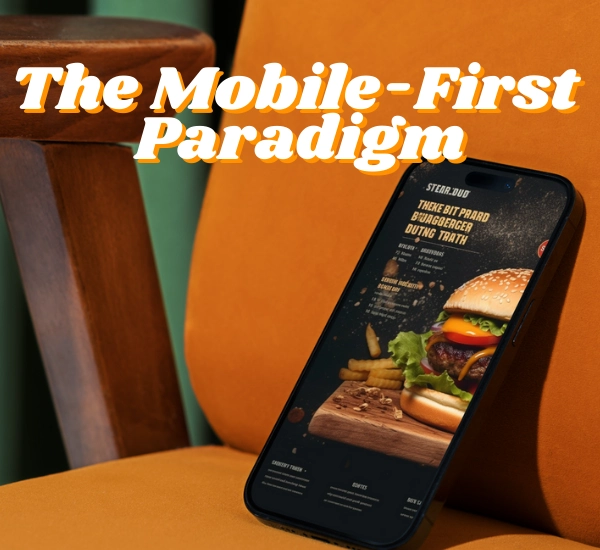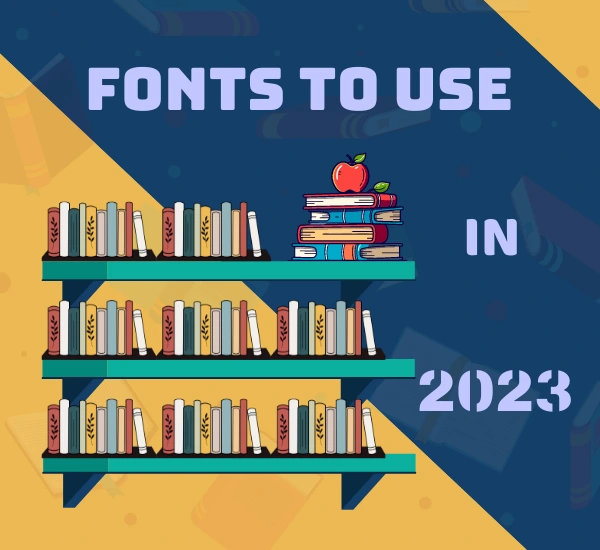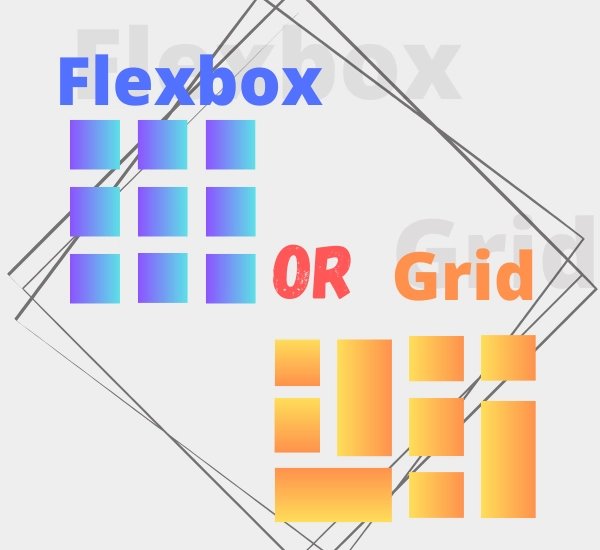
Mastering the Basics of
Design: A Comprehensive Guide
Introduction
Design is a powerful tool for communication, creativity, and problem-solving. Whether you’re a seasoned designer or just dipping your toes into the world of design, mastering the basics is essential. In this comprehensive guide, we’ll explore the fundamental principles of design that form the bedrock of every great design project.
Understanding Design Fundamentals
Before you embark on any design journey, it’s crucial to understand the core principles that underpin effective design. These principles include:
- Balance: Achieving visual equilibrium in your design to create a sense of stability and harmony.
- Proximity: Grouping related elements together to establish meaningful relationships.
- Alignment: Ensuring that elements are properly positioned to create a clear and organized structure.
- Contrast: Using differences in color, size, shape, or other attributes to make certain elements stand out.
- Repetition: Reusing specific elements, such as fonts or colors, to establish consistency and unity.
- Space: Leveraging whitespace or negative space to enhance readability and focus.
Color Theory
Colors evoke emotions, convey messages, and play a crucial role in design. Understanding color theory is vital:
- Color Wheel: Familiarize yourself with the color wheel and how different colors relate to each other.
- Color Schemes: Explore various color schemes like complementary, analogous, and triadic to create harmonious color palettes.
- Psychology of Color: Learn how different colors can evoke specific emotions and responses from viewers.
Typography and Fonts
Typography is more than selecting a font; it’s about conveying content effectively:
- Font Choice: Select fonts that align with your brand or message, considering readability and personality.
- Hierarchy: Establish a clear typographic hierarchy with headers, subheaders, and body text.
- Kerning and Leading: Adjust letter spacing and line spacing for optimal readability.
Layout and Composition
A well-structured layout ensures content is organized and engaging:
- Grid Systems: Utilize grid systems to create consistent, balanced layouts.
- Whitespace: Use whitespace strategically to guide the viewer’s eye and reduce clutter.
- Focal Points: Highlight essential elements as focal points to direct attention.
Visual Hierarchy
Understanding how to guide the viewer’s eye is essential:
- Size and Scale: Use size to emphasize important elements.
- Color Contrast: Utilize color contrast to draw attention.
- Typography: Employ different fonts, sizes, and weights to establish hierarchy.
User-Centered Design
Incorporate user-centered design principles to create designs that resonate with your audience:
- User Persona: Develop user personas to understand your target audience’s needs and preferences.
- User Testing: Continuously gather feedback and iterate based on user testing results.
- Accessibility: Ensure your design is accessible to a diverse audience, considering factors like color blindness and screen readers.
Conclusion
Mastering the basics of design is an ongoing journey, but understanding these fundamental principles will empower you to create more compelling and effective designs. Whether you’re designing websites, print materials, or digital interfaces, these principles serve as the foundation for captivating and user-centric design.





















